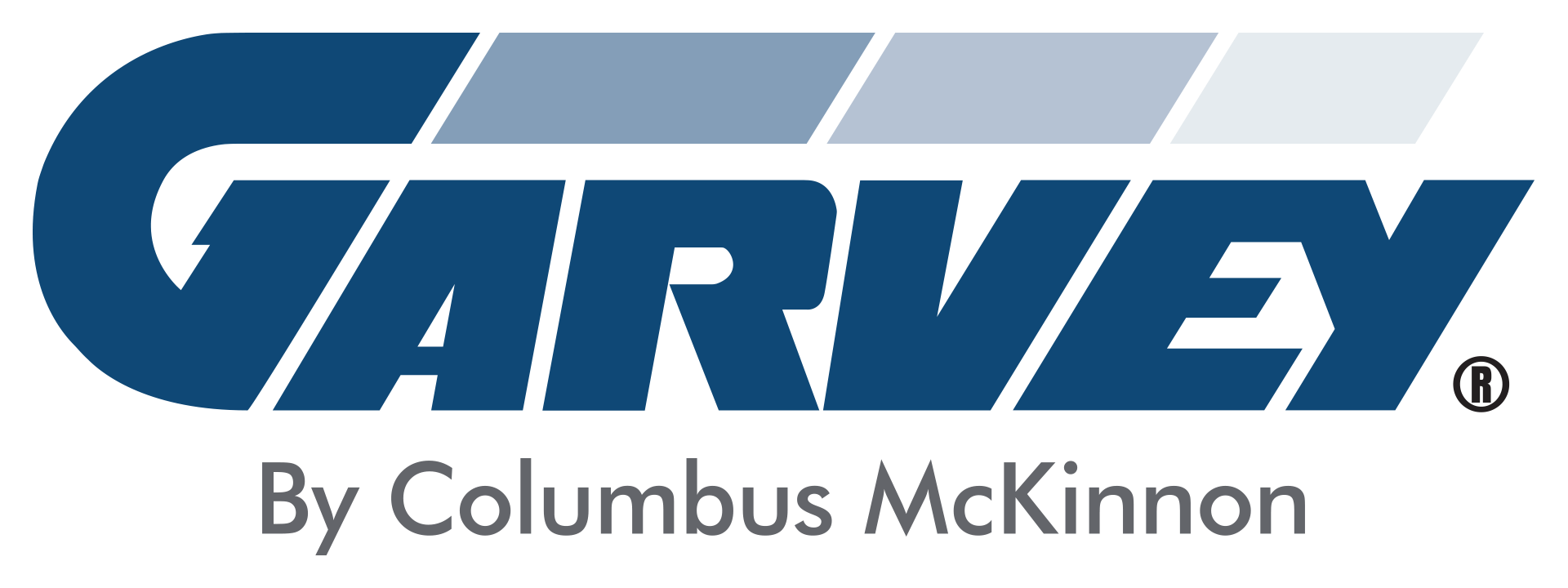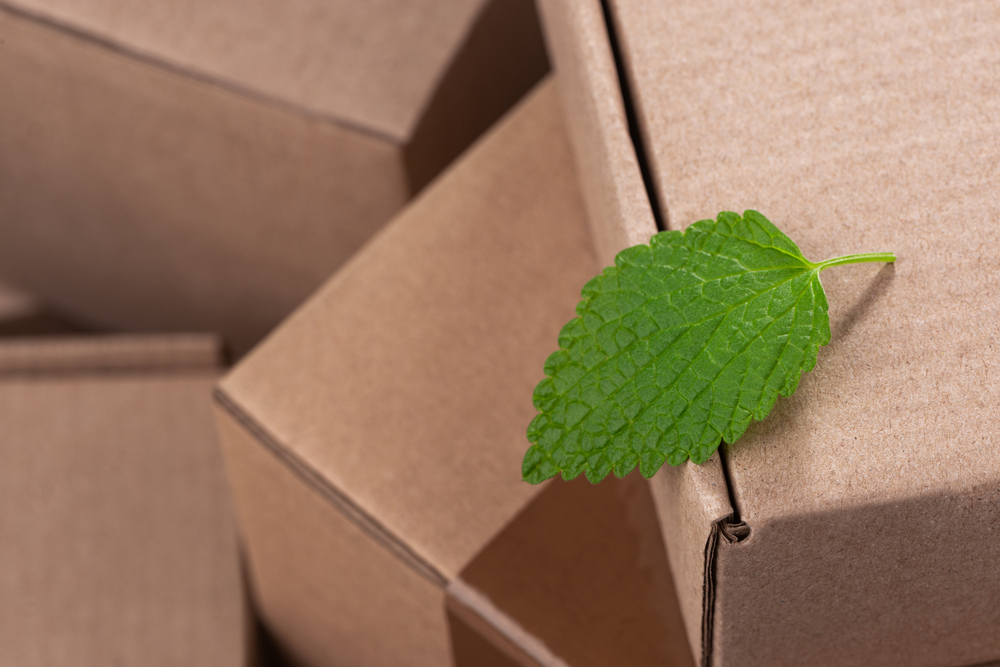The global packaging industry has seen healthy growth over the last few decades, primarily driven by the rise of e-commerce. However, the dramatic shift to online shopping and increasing packaging waste regulations have accelerated consumers’ sustainability concerns.
To navigate the shift in demand and proactivity to address these challenges, industry leaders must understand how megatrends like sustainability and e-commerce are driving change.
Industry Strategies for Tackling Sustainability
According to a new report, “Future of Packaging and Sustainability,” produced by PMMI, 44% of consumers use sustainable packaging and look for features such as recyclability (52%), biodegradability (49%), and refillable/reusable containers (41%). Furthermore, more than half of the consumers surveyed (52%) consider recyclable packaging sustainable.
For those in the packaging industry, these numbers are likely not surprising. Many have felt the shift in demand for sustainability when the COVID-19 pandemic transformed consumer behavior, accelerating online shopping and debate about current production and packaging practices.
What do consumers want?
According to a survey conducted by McKinsey on US consumers,
- 60 – 70% of consumers said they would be willing to pay more for sustainable packaging, across all end-use segments
- 52% surveyed said they would buy more products with sustainable packaging if they didn’t cost more than conventionally packaged products.
- About 35-36% of respondents said they would purchase sustainably packaged products if they were more widely available in stores, had a more comprehensive selection, and used better labeling to indicate green packaging.
These points indicate that price, while important, isn’t the only factor, but that customers also crave more availability of sustainable packaging and products and information about them.
In the past, we have delved into three strategies industry leaders are adapting to meet the demand for sustainability, including packaging design, materials to implement, and manufacturing practices. This may prompt packaging leaders to explore including new materials, potentially even different substrates, within their portfolios.
Responding to Policy Changes
Due to consumers expressing opposition to packaging materials, like the movement against plastic straws, policymakers have responded worldwide. Over the last few years, several measures have been implemented, including the European Union’s single-use directive, levies on plastic bags, outright bans on such bags in numerous US states, and regulations governing food service packaging in China.
In response to the heightened public and regulatory pressure, brand owners took bold steps by committing to achieving complete recyclability and increasing their use of recycled materials. The adoption of nonplastic substrates, such as those made of metal, glass, and paper, experienced a surge, and replacing plastic remains a primary focus.
Priorities to Navigate a Changing Industry
Reducing the reliance on plastic while creating low-cost, sustainable packaging will create challenges and growth opportunities for companies with the proper focus and consistent actions. Here are some packaging trends that have been identified across a variety of industries:
- Produce (fresh fruit, vegetables, fresh meat): Consumers are increasingly seeking packaging solutions that prioritize recyclable or compostable films, along with a rise in demand for paper- and board-based packaging to align with sustainability goals.
- Beverages: At the forefront of requests are plastic bottles designed to be more recyclable or constructed entirely from recycled materials. Additionally, consumer demand extends to increased usage of metal and glass packaging within this sector.
- Packaged dry food: A similar trend prevails in this category, emphasizing packaging made from recyclable and recycled plastic materials. Fiber-based packaging solutions also garner notable interest from consumers.
- Dairy products: Robust demand is observed for plastic packaging, encompassing both flexible and rigid options, that is either fully recyclable, compostable, or incorporates recycled content to align with environmental concerns.
- Frozen food: The American consumer landscape is leaning towards plastics infused with higher percentages of recycled content, demonstrating a desire for increased sustainability within frozen food packaging.
- Household products: Similar to the trend seen in the beverage sector, US consumers within the household products domain advocate for plastic packaging designed with enhanced recycled content and increased recyclability. Moreover, there is a growing demand for augmented usage of glass packaging to further align with sustainable practices.
- Pharmaceutical products: customers and manufacturers have stressed the need to reduce the amount of packaging used and the desire to implement more recyclable materials to reduce their carbon footprint.
Focusing on sustainability and understanding consumer preferences allows packaging leaders to help research their packaging portfolios, capture value, and drive growth. If you want to see the latest sustainable solution in packaging materials, consider attending PACK EXPO Las Vegas or a similar event. Our team will be in attendance from September 11-13, 2023.




